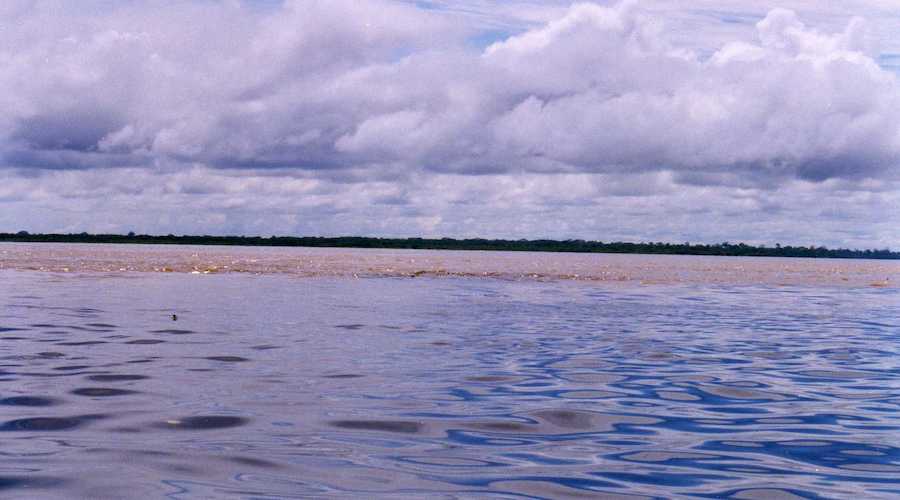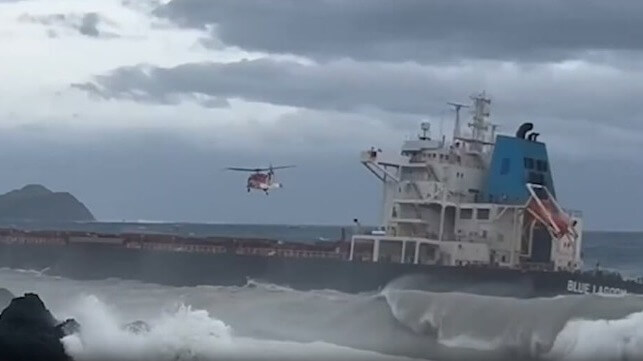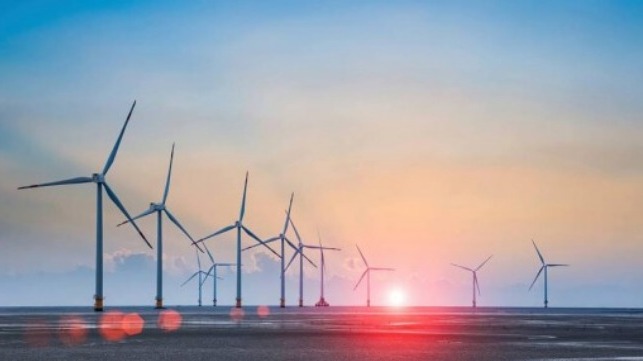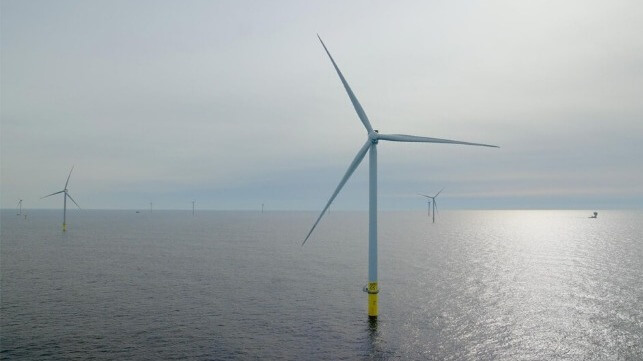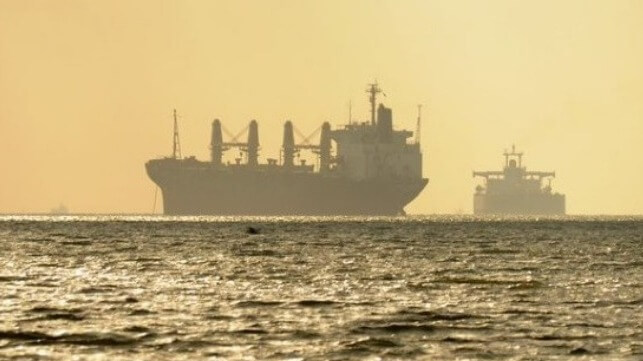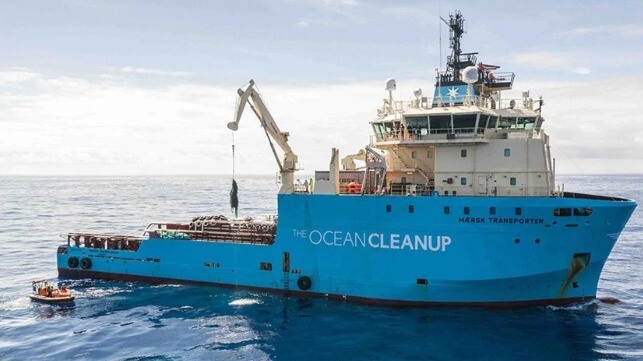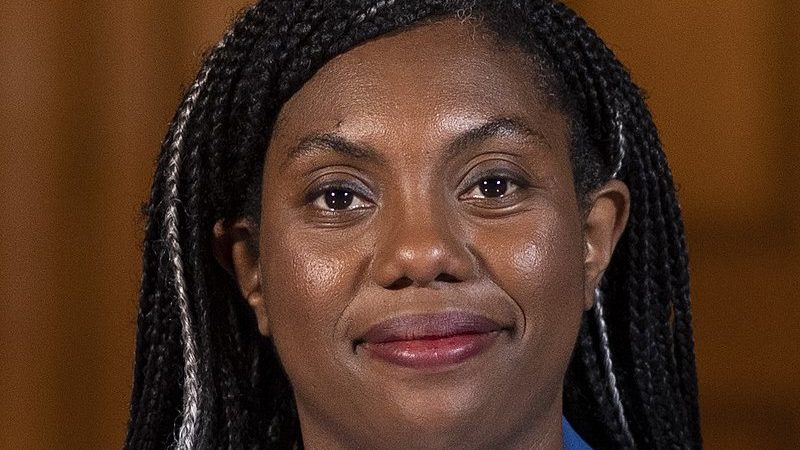“In government, we will make the reunification of Ireland & its people a key priority.”
Mary Lou McDonald TD – Sinn Féin Leader spoke at a packed event at #Lab24 on Sunday, and gave this keynote address
Friends,
I am delighted to be with you all today at this Sinn Féin event at the British Labour Party Conference. I am also very proud to be here in Liverpool, a city with deep Irish roots. It is estimated that 75% of Liverpool’s population have some Irish ancestry, perhaps none more iconic than the Beatles.
But Liverpool was also the birthplace of Big Jim Larkin – Irish republican, socialist and trade union leader, who led the workers of the Irish Transport and General Workers Union in the Great Lockout of 1913. He went on to establish the Irish Citizens Army along with James Connolly who said of him “we have amongst us a man of genius, of splendid vitality, great in his conceptions, magnificent in his courage.”
His actions and activism changed the course of Irish history and we see that change continuing to unfold on our island to this every day.
Earlier this year Michelle O’Neill made history when she was elected First Minister of the Northern Executive, the first nationalist to every hold this post, in a place designed to ensure that this could never happen.
The political landscape was to change once again in July when Sinn Féin emerged as the largest party in the Westminster elections, confirming the change underway in Ireland.
At a time of such change, it is both timely and necessary to step up the conversation about the future of Ireland, about how we confidently manage constitutional change, and build the momentum for the achievement of Irish Unity in our time.
This is an important moment in advancing this journey. Ireland’s future will be determined by choices made today, by decisions of this generation.
The future will be defined by how we rise to the challenges and how we seize the opportunities.
We must demonstrate the determination and the ambition to bend the arc of history towards reunification, ending partition.
A new and united Ireland.
As we navigate the future together, we must reaffirm our commitments—to the agreements and structures that have brought us this far, and to the spirit of cooperation, trust, and dialogue that underpins them.
This means moving beyond the restoration of the political institutions and delivering the public services, growing the economy, creating good jobs, and building resilience to ensure the delivery of good government for all communities. The Executive is hamstrung by British Government austerity with limited revenue raising and fiscal powers. This must change.
It means achieving not a mere “reset” but a transformation of British-Irish relations. And, crucially, it means having a mature, confident and pragmatic approach to managing constitutional change between Dublin and London. As part of this there is an obligation on the British and Irish governments to deepen the conversation, to acknowledge that change is in motion to accept that working together to accommodate that change is the way forward.
The political institutions; beyond restoration:
Twenty-six years ago, a generation of courageous peacemakers came together and achieved what many thought impossible – The Good Friday Agreement – a peaceful and democratic alternative to conflict and an opportunity to design a better future for everyone in the North, across Ireland and between these islands. And of course, the British Labour Party was a key architect of that Agreement.
From our vantage point of over a quarter of a century of peace, we can say that The Good Friday Agreement transformed both of our countries. The triumph of the agreement is that an entire generation – “The Good Friday Agreement Generation” has grown-up and come of age in a time free of conflict. The Ireland of 2024 is a very different place. The Britain of 2024 is a very different place.
At the heart of the Agreement lie the north’s democratic political institutions. The institutions are an instrument of peace, the bedrock for power sharing, parity of esteem and allow parties with different views and competing political aims to work together, collaboratively with each other for the good of the people for the betterment of society as a whole.
The suspension of the institutions in recent years created a damaging political vacuum, denied people the government to which they are entitled, and had real consequences in the daily lives of workers and families.
This was particularly the case when it came to responding to the cost-of-living and resisting Tory austerity and their crude assault on public services.
The restoration of the political institutions this year was both a political necessity and a moral obligation, to ensure people had the representation they deserve and a government that serves their needs.
Restoration represented a desire by political parties to move past division and disruption, and reach again with hope for partnership, power sharing and delivery.
We have seen over the last few months what is happening when parties work together and focus on the issues that really matter to ordinary people, to attract investment and create jobs, and put opportunity and prosperity at the heart of a shared agenda.
The new four-party Executive is working well.
The draft Programme for Government has been agreed in an atmosphere of partnership, setting key priorities for delivering for citizens.
We should also recognise the significant impact of the positive relationship between First Minister Michelle O’Neill and deputy-First Minister Emma Little Pengelly.
The women who lead the Executive have truly embraced the spirit of a ‘government for all’.
This shows in the leadership they provide every day.
The people are responding. Communities are embracing their shared positivity and we wish them well as continue to build a better future.
History tells us that it’s at times when things are working well that we should strive to make them even better.
Restoration of the institutions can only be the beginning, a starting point from which to advance.
There is an obligation on all those in leadership to ensure that the story of the political institutions moves beyond the frustrating cycle of suspension and restoration.
We must work to ensure that the democratic foundations of institutions are strengthened, the institutions are robust and hardwired with the necessary resilience to withstand the pressures of what is a changing political environment.
There is no contradiction between working for Irish reunification and working to ensure that the political institutions are equipped to deliver good government for people in the here and now.
The best way to safeguard the political institutions is for all those in leadership to work every day to renew the spirit of April 1998, to reach out to others, to build-trust and to acknowledge that the future must be about inclusion and equality.
Our responsibility is not only to stabilise politics and society today, but to create a better, prosperous and peaceful future for the generations to come.
Transforming British-Irish relations
The relationship between Ireland and Britain is a complex one.
A relationship shaped by colonisation, oppression, occupation, conflict.
Thankfully now changed by a transformative peace that once seemed unimaginable.
A relationship where emigration and the search for work formed connections between people over generations tying together real bonds of friendship and family.
The achievement of the Good Friday Agreement was a watershed in our political relationship. Driven by a shared hope for a peaceful future, the agreement forged a new dynamic and a partnership anchored by respect and cooperation.
The immediate post Good Friday Agreement era was not without its challenges, times when our relationship required dialogue, diplomacy and leadership. Challenges that we navigated in a spirit of partnership, even at times of intense disagreement.
Then came Brexit.
It’s reasonable to say that the post-Brexit realities have frayed the relationship, fuelled in the most part by Tory game-playing, undermining of the agreements and general belligerence towards the safeguarding of Irish interests.
It’s clear that the relationship between our countries requires recalibration – one that puts respect back at the heart of every engagement.
This doesn’t mean starting over.
It means renewing trust and open communication.
It means prioritising collaboration and ensuring that a healthy partnership thrives – whether it’s about trade, cultural exchange, or political cooperation.
It means refocusing all that is good about our relationship, meeting current challenges with optimism, and reaffirming our commitment to shared goals.
Both the British and Irish governments have a responsibility to work together for the good of the people as co-guarantors of peace, reconciliation and the realisation of a new future.
It is by working in the spirit of friendship that we will together write a new and successful chapter in British-Irish relations.
A mature conversation on constitutional change
Part of this new chapter must be the realisation that constitutional change in Ireland is coming.
I am very aware that this is the subject of genuine conviction and opinions right across Irish society. It also stirs deep emotions for people.
We need a mature and respectful conversation about constitutional change. It’s a conversation that should be approached with optimism, ambition and a real sense of opportunity.
The conversation must be inclusive. It must recognise that people hold different and competing views about the future.
I am the leader of Sinn Féin. I am an Irish republican. I see a United Ireland as the very best, most exciting prospect for the future, for nationalists, unionists and everyone else on our small island.
The reunification of Ireland presents the single greatest opportunity to unlock the potential of our island, to deliver prosperity for all.
We are living in a time when history will be made by the people. That is why referendums on Irish unity should be held by the end of this decade to allow the people to have their say.
The moment will come to name the date but first the British government must make clear its intention to trigger referendum as per the Good Friday Agreement and set out the threshold for the referendum as they see it. No more dodging. Clear honest conversations.
Our countries are each other’s nearest neighbourhoods, and good neighbours always want what is best for each other.
What is best for Ireland is that Britain ends its involvement in our affairs, and that the people of Ireland finally get to decide our future together.
I believe that is what is best for Britain too.
In this democratic conversation, I see every single person who argues for the preservation of the Union with Britain and their British identity as an equal, no caveats or exceptions. Equal.
The New Ireland we seek to build belongs every bit as much to the families of the Shankill as it does to the families of the Falls. Every bit as much to the families of Fermanagh as the families of Dublin, Cork and Galway.
Whether you argue for Irish reunification or for the preservation of the union, the nature and quality of the conversation matters.
We must listen to each other, engage with the facts, and resist the urge to be driven by fear or misinformation as witnesses during Brexit.
Let us commit to a conversation that is thoughtful, measured, and above all, respectful.
This dialogue must transcend party politics and focus on what is best for all citizens. We must create spaces where all voices are heard and where no perspective is dismissed out of hand.
Ultimately, it is the people who will decide their future as provided for in the Good Friday Agreement. But it is our responsibility to ensure that this decision is made through an informed and respectful process between both the new Labour Government and the next Irish Government.
If Sinn Féin is given the chance to lead the next government, we will advance this conversation.
In government, we will make the reunification of Ireland and its people a key priority.
We will take the following practical steps:
- Establish a Reunification and One Ireland unit within the Department of An Taoiseach.
- Appoint a Minister of State for reunification and One Ireland.
- Produce a Government ‘Green Paper’ in the first 100 days setting out our vision for a New Ireland.
- Establish a joint Oireachtas Committee on reunification and future constitutional change.
- Begin the necessary planning and preparation by establishing a Citizens’ Assembly on our constitutional future.
- We will give MPs from the North of Ireland speaking rights in the Oireachtas.
- And we will commence planning and actively work towards the holding of referendums on Irish Unity by the end of this decade.
Conclusion
Friends.
The future is defined by the decisions we make today.
Nobody said that building a better tomorrow would be easy or straight forward.
The world, life and politics do not work like that.
But we must walk the road together. We hold the compass and the map.
Remember, the Irish nation is a collection of generations walking their length of the same journey.
On this length of the journey, we seek to advance the political institutions in the north, to achieve a positive reset of British-Irish relations, to have a mature and respectful, inclusive conversation about the future.
Generational change is happening in Ireland, and what we do now is what counts.
A new and united Ireland and is about everyone.
A new and united Ireland is for everyone.
Talking is the key that unlocks the future for all of us.
So let’s have the conversation. Let’s have the debate.
Let’s embrace tomorrow with open hearts. There’s so much to gain.
Go raibh míle maith agaibh.
Thank you.
